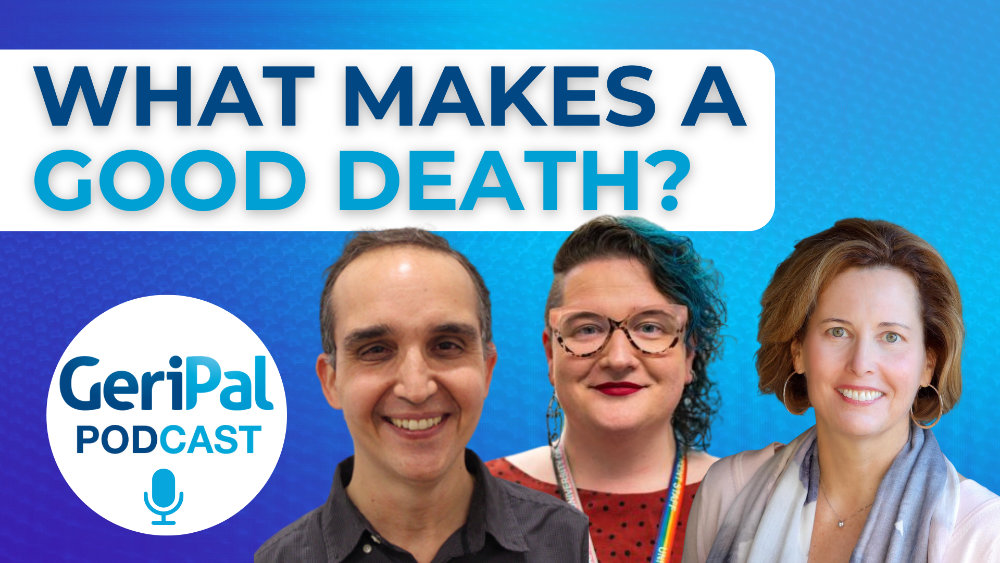One of the advantages of getting behind in reading medical
journals is seeing links between articles when I finally try to catch up in one
mind-numbing session. In reading some
articles from this past week’s lineup of journals (which admittedly doesn’t
count as “falling behind”), one theme was the choice and empowerment that clinicians
do and don’t provide to patients in late life.
One article in particular caught my eye: a piece by Cook et alin Annals of Internal Medicine on the 3 Wishes Project. This project encouraged patients dying in the
ICU – and their family members and clinicians – to generate and implement at least
3 wishes, for example bringing personal mementos into the hospital room, renewing wedding vows at the bedside, recreating a date night in the ICU, or allowing a mother to lie in bed with her son as he died. Not surprisingly, the project
was well-received, with mixed-methods approaches finding that it helped improve
patients’ dignity, give their families a voice, and foster clinician
compassion. But, I found several other
findings particularly interesting.
- Nearly all (98%) wishes were
implemented. - Half of the wishes (48%) were implemented
after the patient’s death. These included
memorials, charitable contributions to causes that were important to patients, and the championing of those causes. - The majority of wishes (52%) came from
clinicians. As the article stated: “Based on
their knowledge of the patients or families, clinicians may have suggested
wishes, which often prompted families or patients to think of wishes themselves.”
What do these finding mean?
My take is:
- 98% of wishes were implemented. ==> We can
do this. - Half of
wishes were implemented after the patient’s death. ==> When I think about how to improve end-of-life
care, I usually focus on improving comfort, dignity, and meaning in the time
before the patient dies. Perhaps I have underappreciated
another critical element:helping patients and families continue the
meaning of patients’ lives after they are gone. - 52% of
wishes came from clinicians. ==> As
clinicians,we can and should be active in helping patients and their
families craft and implement their wishes.
This is likely old hat to palliative care physicians, but a
good reminder to the rest of us about what we can and should do to help
patients and their families at the end of life.
by: Mike Steinman



